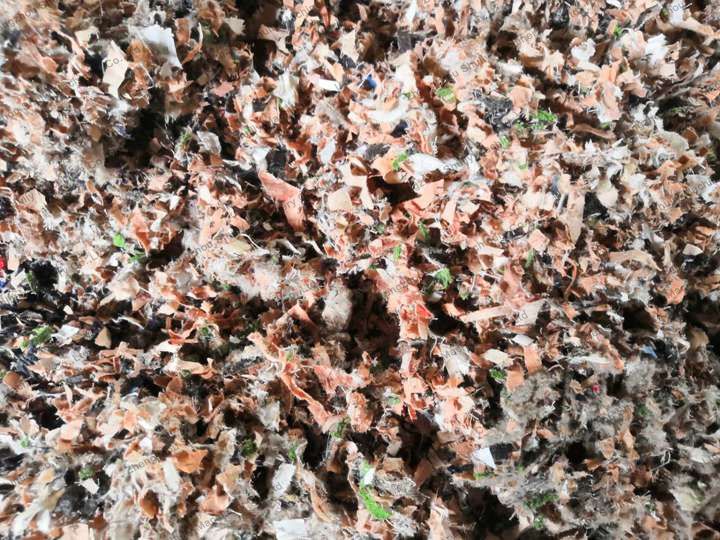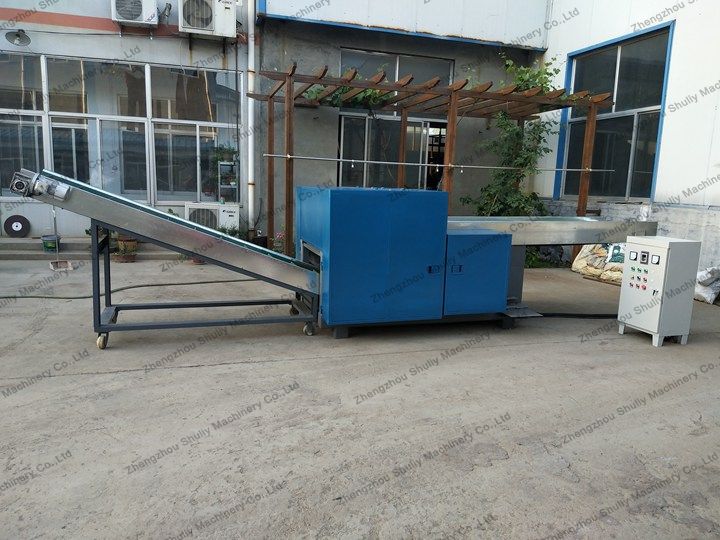Taka za nguo ni tatizo linaloongezeka, huku mamilioni ya tani za nguo, vitambaa na nguo nyingine zikitupwa kila mwaka. Mashine ya kuchakata nguo ni suluhisho la kisasa linaloshughulikia tatizo hili kwa kubadilisha taka za nguo kuwa nyenzo mpya zinazoweza kutumika.
Matumizi ya Sekta ya Mashine ya Usafishaji wa Nguo
Mashine ya kuchakata nguo ina matumizi mengi yanayoweza kutumika katika tasnia mbalimbali. Kwa mfano, sekta ya magari inaweza kutumia nguo zilizosindikwa ili kuunda mambo ya ndani mapya ya gari, wakati sekta ya mtindo inaweza kuzitumia kuunda mistari mpya ya nguo. Kwa kuongezea, tasnia ya ujenzi inaweza kutumia nguo zilizosindika tena kama insulation au vifaa vingine vya ujenzi.

Kufanya Usafishaji wa Nguo Kupatikana katika Maisha Yetu ya Kila Siku
Mashine ya recycle vitambaa si tu inafaidi sekta bali pia watu binafsi. Kwa kuweka mashine za recycle vitambaa katika maeneo ya umma, kama vile nakala za ununuzi au shule, watu wanaweza kurecycle mavazi yao na vitambaa vingine kwa urahisi. Urahisi huu unafanya iwe rahisi kwa watu kushiriki katika mazoea endelevu na kupunguza alama zao za kaboni.
Mashine ya kuchakata nguo ni teknolojia ya kuahidi ambayo ina uwezo wa kuleta mapinduzi katika jinsi tunavyodhibiti upotevu wa nguo. Utekelezaji wake katika sekta mbalimbali na maeneo ya umma una uwezo wa kupunguza kiasi cha uchafu wa nguo unaoishia kwenye dampo na kuhimiza mazoea endelevu katika maisha yetu ya kila siku.

Jukumu kuu la kuchakata nguo
Jukumu kuu la kuchakata nguo ni kupunguza taka na uchafuzi wa mazingira na kuunda thamani ya kiuchumi kwa kuchakata na kutumia tena taka za nguo na nyenzo za nyuzi. Hasa, majukumu yake kuu ni pamoja na
- Uhifadhi wa rasilimali: Uzalishaji wa nguo na nyenzo za nyuzi unahitaji kiasi kikubwa cha malighafi na nishati. Kwa kuchakata na kutumia tena nyenzo hizi, matumizi ya rasilimali yanaweza kupunguzwa na athari ya mazingira kupunguzwa.
- Kupunguza taka: Kila mwaka, kiasi kikubwa cha taka za nguo na nyenzo za nyuzi huzalishwa duniani kote. Taka hizi huchukua idadi kubwa ya dampo na vifaa vya uchomaji, na kusababisha tishio kubwa kwa mazingira na afya. Kwa kuchakata na kutumia tena nyenzo hizi, kiasi cha taka kinaweza kupunguzwa na shinikizo kwenye mazingira kupungua.
- Uundaji wa kazi: Sekta ya kuchakata nguo na kutumia tena inaweza kuunda idadi kubwa ya kazi katika ukusanyaji, upangaji, usafishaji, ukataji, usindikaji na mauzo. Fursa hizi za ajira zinaweza kuleta manufaa ya kiuchumi na manufaa ya kijamii kwa jamii.
- Kujenga thamani ya kiuchumi: Sekta ya kuchakata na kutumia tena nguo inaweza kuunda thamani ya kiuchumi kwa kuuza nguo zilizosindikwa na nyenzo za nyuzi. Pia, nguo zilizosindikwa na nyenzo za nyuzi zinaweza kutumika kama malighafi kutengeneza bidhaa mpya na kuleta fursa za biashara kwa makampuni.
